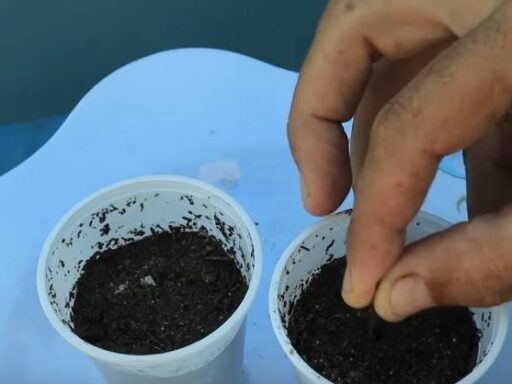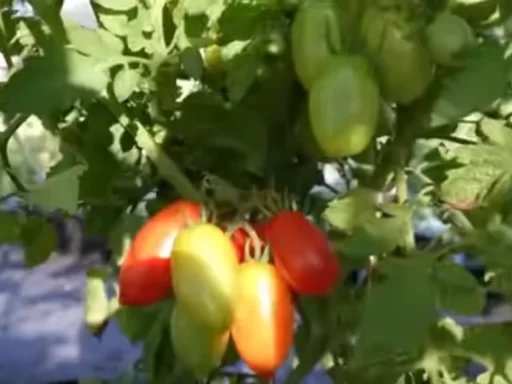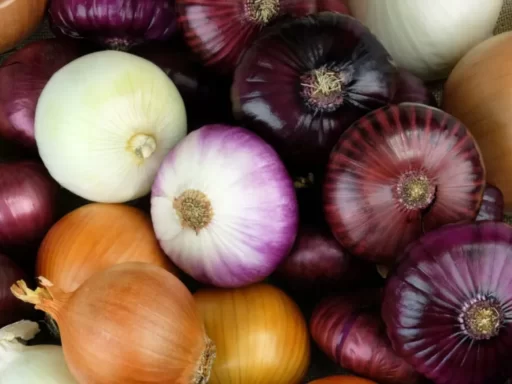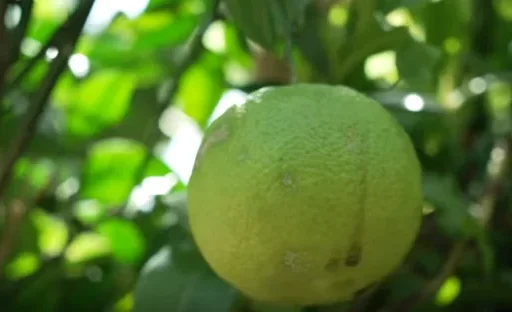As the summer heat intensifies, especially on the southeastern coast of North Carolina, it’s crucial to protect your plants from unnecessary stress. Cucumbers, in particular, need special care to thrive under these conditions. With a few simple strategies, you can ensure that your cucumber plants stay healthy and productive throughout the growing season. In this article, we will explore five key tips that will help maximize your cucumber harvest and keep your plants in the best condition possible.
Tip 1: Timing is Key – When to Transplant Cucumbers
One of the most important things to remember when growing cucumbers is to avoid rushing your transplants into the garden. Unlike tomatoes and peppers, which can tolerate cooler spring temperatures, cucumbers are more sensitive to cold weather. Cucumbers belong to the cucurbit family, and they are particularly vulnerable to cooler nights. For this reason, it’s essential not to plant cucumbers until nighttime temperatures consistently stay above 50°F.
Tomatoes and peppers can handle cooler temperatures and bounce back when daytime temperatures rise. However, cucumbers struggle in similar conditions. Waiting a few weeks or even a full month after the last frost date can significantly improve the health of your cucumber plants. Although cucumbers grow quickly, producing fruit within 50-60 days, patience is necessary to avoid stunting their growth with early cold exposure.
Despite the delayed start, cucumbers mature faster than many other crops, such as tomatoes. This means that even if you plant them later in the season, you can still harvest them before many of your other vegetables.
Tip 2: Mulching for Healthier Plants
Mulching is a crucial practice for growing cucumbers, especially in hot climates. Cucumbers, like us, thrive in moderate temperatures. They perform best in weather around 80°F during the day and 65°F at night. To help maintain these ideal conditions, it’s essential to provide a two to three-inch layer of mulch around the base of your cucumber plants.
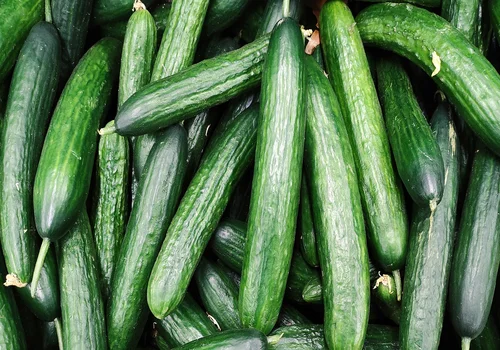
Mulch serves multiple purposes. It helps regulate soil temperature by keeping the roots cool, especially during scorching summer days. Additionally, mulch retains soil moisture by reducing evaporation, which is essential for preventing heat stress in your plants. Using natural mulch like shredded hardwood, cedar, cypress, or straw ensures that the mulch decomposes over time and enriches the soil with organic matter. Synthetic and dyed mulches should be avoided, as they can be harmful to your garden.
By maintaining consistent moisture levels and reducing heat stress, mulch not only improves plant health but also supports better yields.
Tip 3: Grow Cucumbers Vertically for Better Airflow
Cucumbers are climbing vines, and growing them vertically can greatly improve their health and productivity. By lifting your cucumber plants off the ground, you reduce their exposure to soil-borne pests and diseases. Additionally, vertical growth improves airflow around the plants, which helps prevent fungal diseases that thrive in humid, stagnant conditions.
There are many creative ways to grow cucumbers vertically. You can use string trellises, fence lines, cattle panels, or even a teepee-like structure for support. Cucumbers naturally grab onto structures as they grow, so offering them a vertical option will allow them to thrive. The benefits of vertical gardening extend beyond pest and disease prevention. It also makes harvesting easier, as the fruits are more accessible and less likely to be damaged by pests.
Tip 4: Choose Parthenocarpic Varieties for Higher Yields
Parthenocarpic cucumber varieties are a great choice if you want to improve your cucumber yield, especially in gardens where pollination might be limited. These varieties can produce fruit without pollination, which means they are less dependent on bees or other pollinators to set fruit. This is particularly helpful in gardens where bees may not be as abundant.
Parthenocarpic cucumbers produce seedless fruits when they are not pollinated. However, if cross-pollination does occur, the fruits will develop seeds. To maintain seedless cucumbers, it’s best to plant different cucumber varieties far apart to prevent cross-pollination.
These varieties are popular for greenhouse growing, where pollinators are often scarce. Two excellent parthenocarpic cucumber varieties are the ‘Bite Alpha’ and ‘China Jade’. Both are known for their crisp texture, disease resistance, and delicious flavor.
Tip 5: Succession Planting for Continuous Harvest
Cucumbers have a relatively short lifespan compared to other vegetables, and their productivity declines as they age. To ensure a steady supply of cucumbers throughout the growing season, it’s important to practice succession planting. This involves planting new cucumber plants every six to eight weeks to replace older, worn-out plants.
Cucumber plants produce quickly but also wear out fast, making them vulnerable to pests and diseases as they age. By starting new plants periodically, you keep your garden healthy and prevent pest infestations from taking hold. Additionally, fresh plants will continue producing cucumbers even after older plants have finished their cycle.
By planning ahead and starting new plants regularly, you can extend your cucumber harvest well into the late summer months.
Frequently Asked Questions
1. When is the best time to plant cucumbers?
- Cucumbers should be planted after the last frost when nighttime temperatures consistently stay above 50°F. This usually means waiting a few weeks to a month after your last frost date.
2. How often should I water cucumber plants?
- Cucumbers need consistent moisture. Water them deeply once or twice a week, depending on the weather. Mulching helps retain moisture and reduce the need for frequent watering.
3. Can I grow cucumbers in containers?
- Yes, cucumbers can be grown in containers as long as the container is large enough to accommodate the plant’s roots and a trellis or support is provided for the vines to climb.
4. How do I prevent pests from damaging my cucumbers?
- Growing cucumbers vertically helps reduce exposure to pests. Additionally, using organic pest control methods and regularly checking for pest infestations can help protect your plants.
5. What is the difference between self-fertile and parthenocarpic cucumbers?
- Self-fertile cucumbers require pollination from bees or wind to produce fruit, while parthenocarpic cucumbers can produce fruit without pollination, making them ideal for areas with low bee activity.
6. How long do cucumber plants live?
- Cucumber plants have a short lifespan compared to other vegetables. They usually produce fruit for a few months before their productivity declines, making succession planting necessary for continuous harvest.
7. What is the best way to trellis cucumbers?
- Cucumbers can be trellised using a variety of methods, including string trellises, fence lines, or teepee structures. The key is to provide strong support for the climbing vines.

